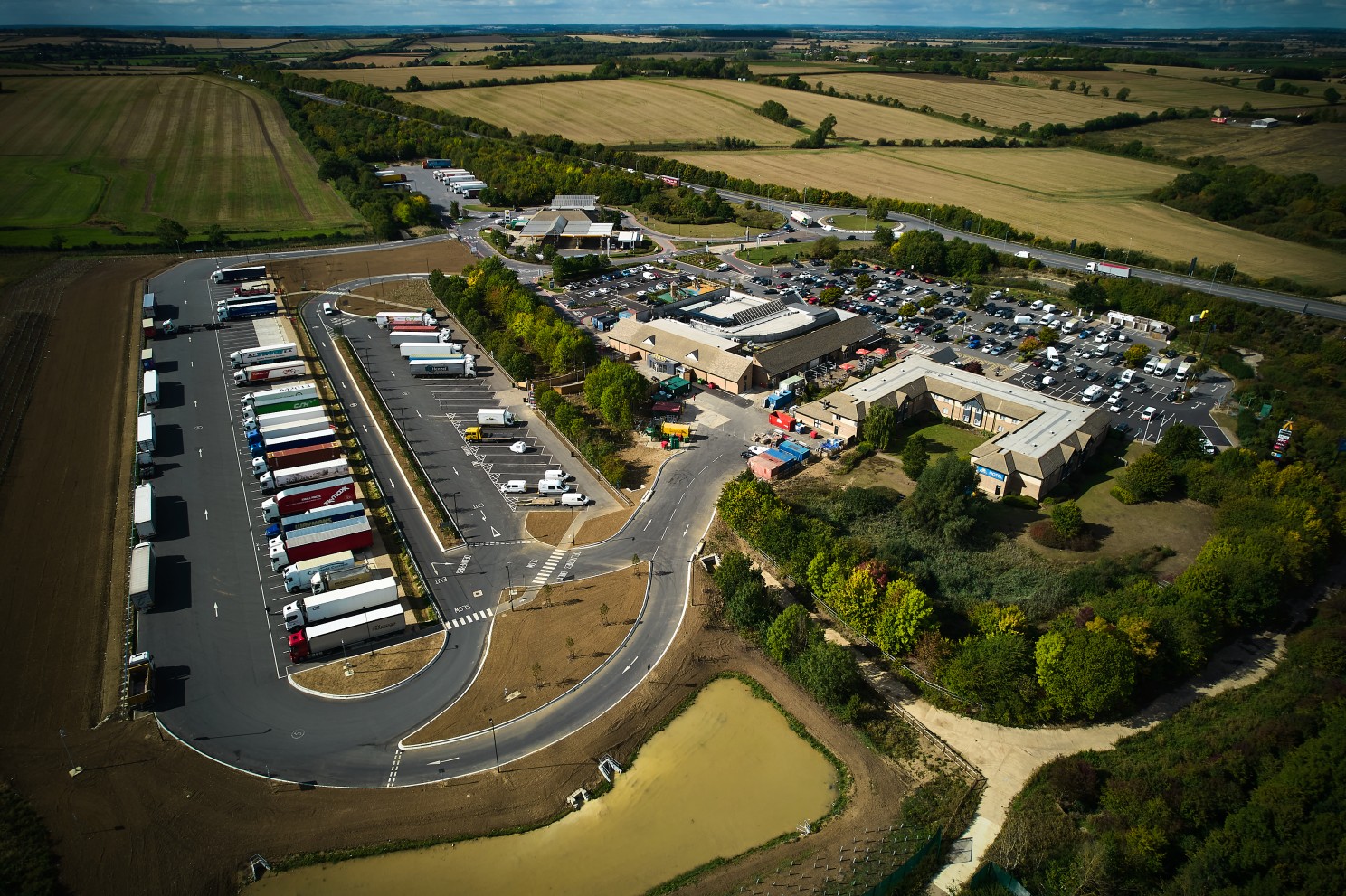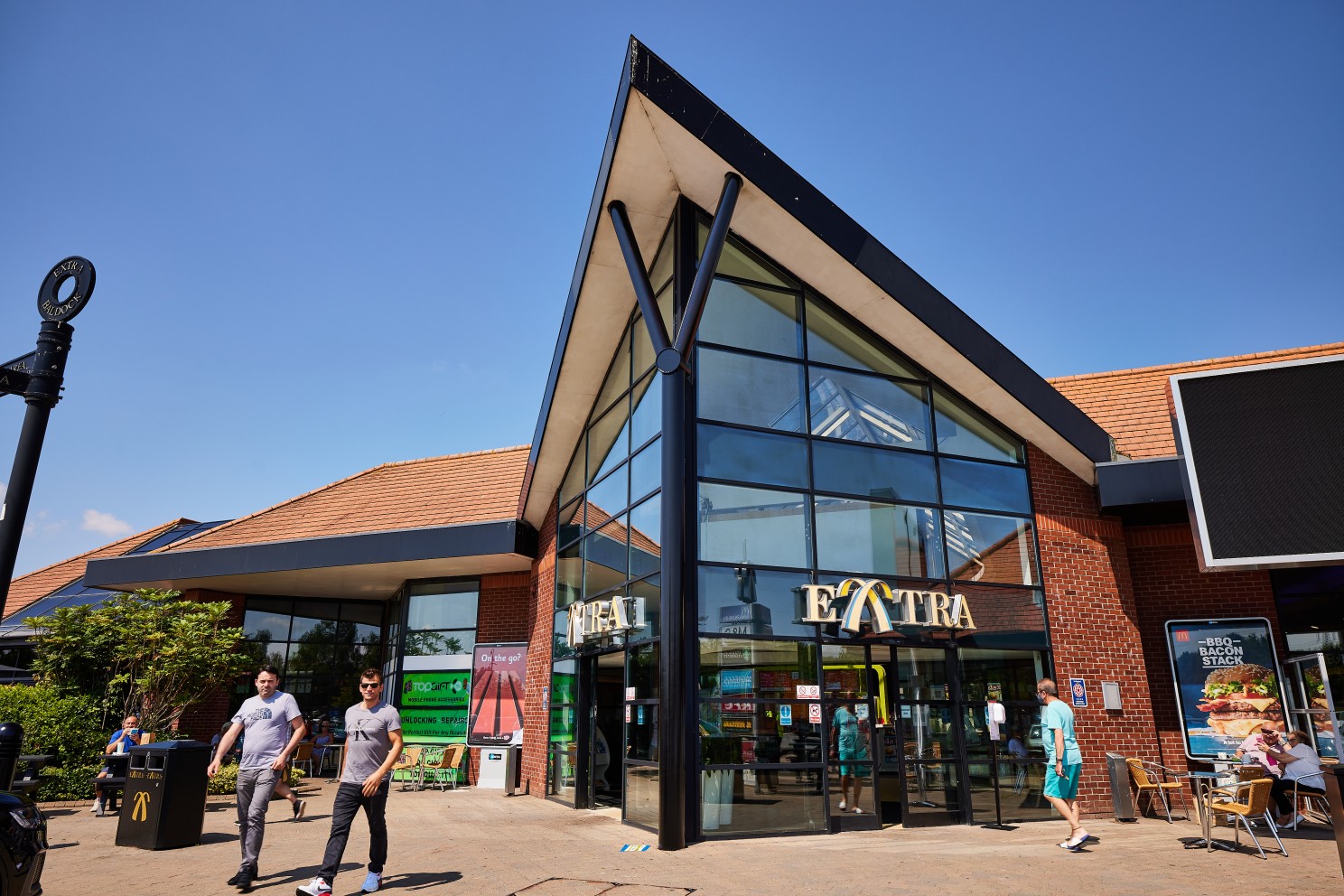
Josh Cousens
Un parteneriat strategic: Abordarea SNAP și Extra privind parcarea camioanelor
Creat: 01.08.2024
•
Actualizat: 13.08.2024
Directorul Ross Mendenhall explică modul în care SNAP a ajutat Extra Motorway Service Area (MSA) să crească veniturile în întreaga rețea cu până la 8% anual de când am început să lucrăm împreună în 2011.
"Un beneficiu cheie pentru noi este faptul că baza de clienți SNAP se extinde constant, permițându-ne să ajungem la încă 30.000 de potențiali clienți anual", spune Ross Mendenhall, care utilizează SNAP pentru a maximiza afacerea Extra's truck parking.
Ross explică rolul său la Extra: "Supraveghez rețeaua noastră de opt MSA-uri din Anglia, asigurându-mă că avem cel mai bun mediu de lucru și cele mai bune procese, ceea ce ne permite să oferim satisfacție maximă clienților și să lucrăm împreună cu CEO-ul nostru pentru a ne asigura că ne concentrăm pe ambițiile noastre de creștere.
"De asemenea, lucrez îndeaproape cu furnizorii noștri și cu mărcile chiriașe pentru a ne asigura că oferim cea mai bună experiență posibilă tuturor celor care vizitează MSA-urile noastre."
Suprafețe de serviciu pentru autostrăzi suplimentare
După ce și-a deschis primul sediu în Cambridge în 2000, Extra este în prezent unul dintre cei mai mari operatori de servicii de autostradă din Regatul Unit. În cel mai recent sondaj Transport Focus Motorway Service Users, Extra a fost votat operatorul numărul unu pentru satisfacția clienților din Regatul Unit.
Ross spune: "În centrul eticii noastre ca afacere se află angajamentul nostru de a "face un efort suplimentar" pentru a oferi experiențe extraordinare tuturor vizitatorilor noștri.
"În special, ne mândrim cu faptul că oferim o gamă largă de unele dintre mărcile preferate de alimente și băuturi din Marea Britanie, spații pitorești în aer liber, complete cu zone de plimbare a câinilor și zone de joacă pentru copii, precum și facilități sigure, curate și de înaltă calitate pentru ca toți să se bucure."
În 2023, vor exista 260 066 de sesiuni de parcare SNAP în zonele de servicii extra-autostrăzi.

Introduceți SNAP
După ce a început să lucreze cu SNAP în 2011, Ross explică modul în care parteneriatul a ajutat Extra să-și dezvolte serviciul de parcare pentru camioane. "SNAP ne ajută să comunicăm serviciile noastre cheie șoferilor și flotelor de vehicule grele, oferind vizibilitate capacităților noastre de parcare, alimentare cu combustibil și spălare.
"Ne-am angajat să creștem rata de satisfacție a șoferilor HGV care se opresc la noi și să facem parte din rețeaua SNAP ne permite să facem exact acest lucru. Prin intermediul aplicației, ne putem dezvolta parteneriatele și vânzările organice oferind clienților un instrument eficient pentru a afla mai multe despre facilitățile noastre, inclusiv modul în care le putem face șederea plăcută, relaxantă și sigură."
Cum a fost procesul de configurare?
Am vrut să aflăm dacă au existat complicații în primele etape ale relației.
Ross spune: "A fost foarte simplu. Echipa SNAP a fost la îndemână pentru a răspunde oricăror întrebări pe care le-am putea avea și, chiar și după ce configurarea a fost completă, au fost bucuroși să asculte feedback-ul nostru cu privire la modul în care sistemul ar putea fi îmbunătățit în continuare pentru a răspunde mai bine nevoilor noastre."
Creșterea veniturilor
L-am întrebat pe Ross dacă SNAP a ajutat Extra să își crească veniturile:
"Parteneriatul nostru cu SNAP ne-a ajutat să creștem în mod constant veniturile, care au crescut de la an la an cu 8%, cu o creștere a tranzacțiilor de 2%.
"Serviciile noastre de la Cambridge și Peterborough au înregistrat cea mai mare îmbunătățire de la an la an, respectiv 11% și 12%. În plus, serviciile noastre de la Peterborough, Leeds și Cambridge sunt acum ocupate în proporție de peste 100%."

Acces și securitate SNAP
După ce au lucrat împreună cu succes timp de mai mulți ani, Extra ne-a întrebat în 2018 dacă am putea să îi ajutăm să își îmbunătățească facilitățile de securitate.
"Ne-am consolidat parteneriatul cu SNAP de-a lungul anilor, investind în tehnologia CCTV și ANPR pentru a asigura o siguranță maximă.
"Instalarea de tehnologii de securitate în toate cele opt locații ale noastre ne-a ajutat să ne protejăm veniturile, asigurându-ne că fiecare vehicul plătește pentru durata corectă a șederii sale.
"Impactul colaborării cu SNAP Access & Security a fost aproape imediat - cu o creștere înregistrată a veniturilor generate din parcare de aproximativ 20% de la intrarea în funcțiune.
"În plus, având în vedere că securitatea este una dintre prioritățile șoferilor de camioane atunci când se opresc pentru o perioadă îndelungată, suntem încântați să le facem șederea mai plăcută asigurându-i că dispunem de măsuri cuprinzătoare pentru a minimiza riscul de furt.
"Având acces la tablourile de bord de business intelligence ale SNAP, putem monitoriza datele în timp real, ceea ce ne permite să oferim cea mai bună experiență posibilă utilizatorilor", spune Ross.
Cel mai bun bit
Pentru a încheia interviul, am vrut să-l întrebăm pe Ross care crede că a fost cel mai bun lucru despre colaborarea cu SNAP:
"Un succes cheie pentru noi este impactul asupra eficienței personalului. Introducerea sistemului ANPR, combinat cu terminalele de plată, permite șoferilor o opțiune de autoservire, ceea ce înseamnă că personalul se poate concentra în schimb pe alte sarcini cheie, cum ar fi curățenia, întreținerea și serviciile pentru clienți.
"Flexibilitatea oferită de terminalele de plată este, de asemenea, o mare atracție: șoferii pot utiliza terminalele de plată în 15 limbi, îmbunătățind experiența clienților și reducând problemele legate de barierele lingvistice."
Pentru a afla mai multe despre partenerii de servicii Extra din rețeaua SNAP, accesați astăzi Harta SNAP . Dacă oferiți facilități de parcare pentru camioane și doriți să vă alăturați rețelei SNAP, aflați mai multe aici.



